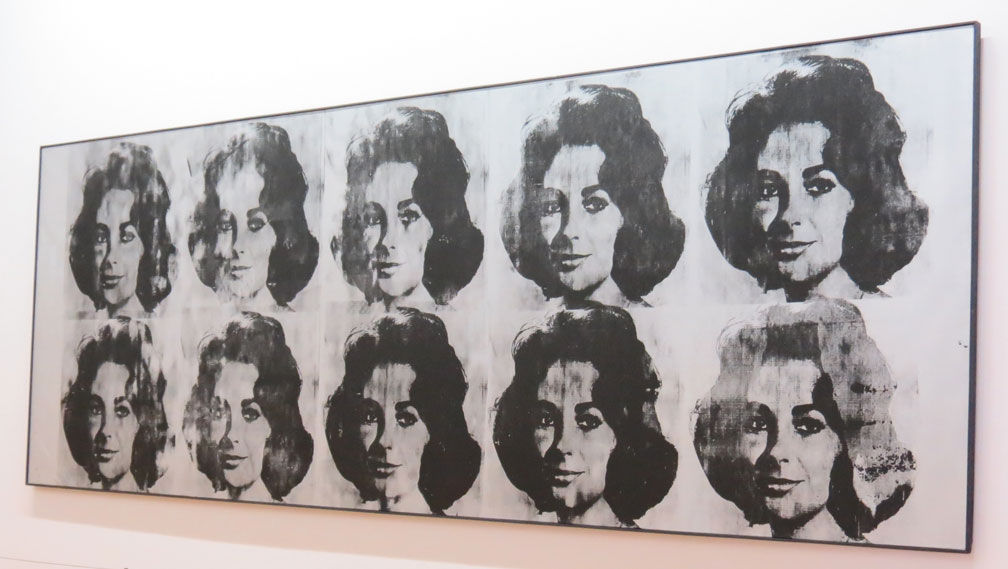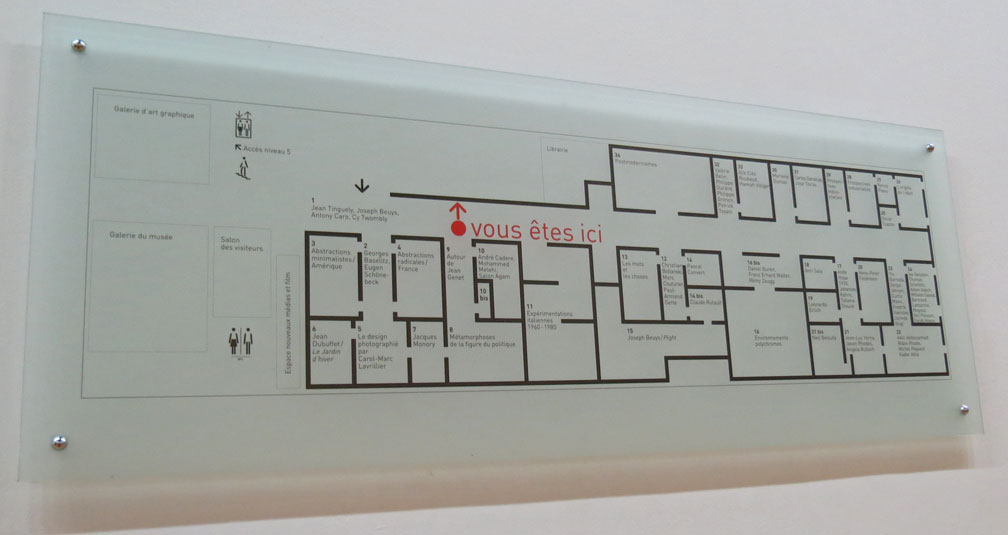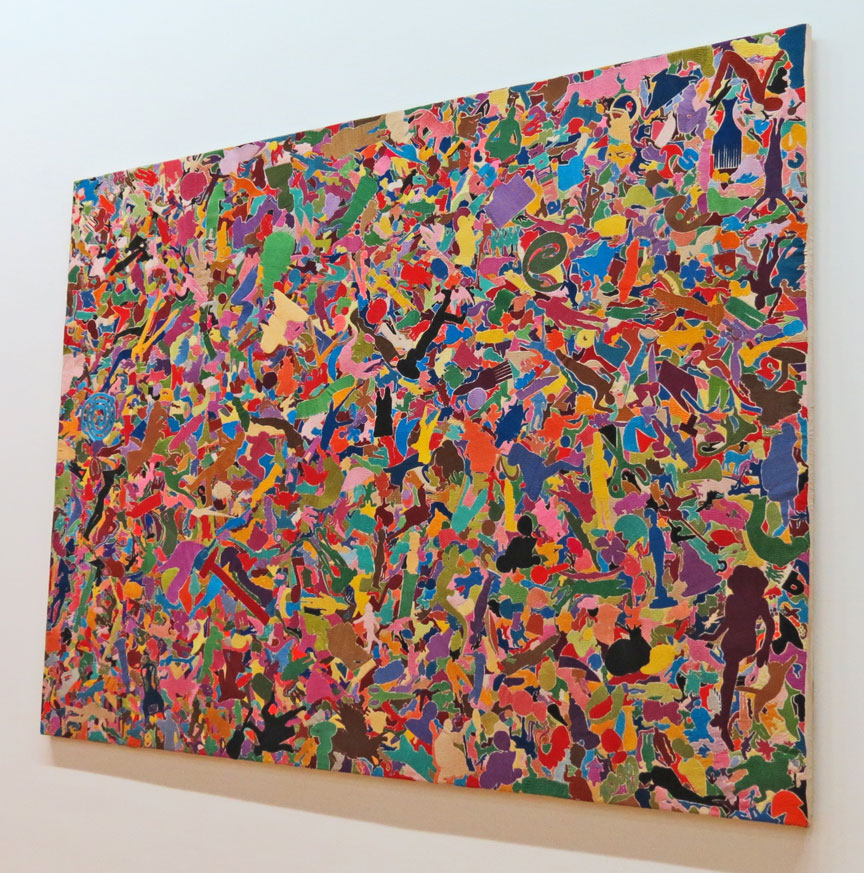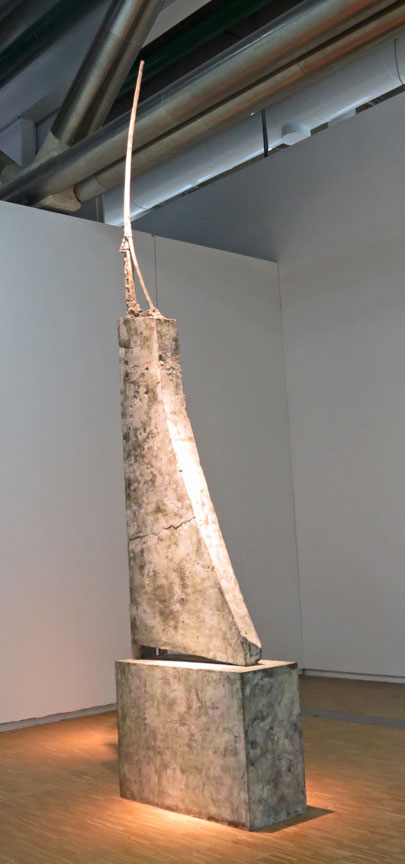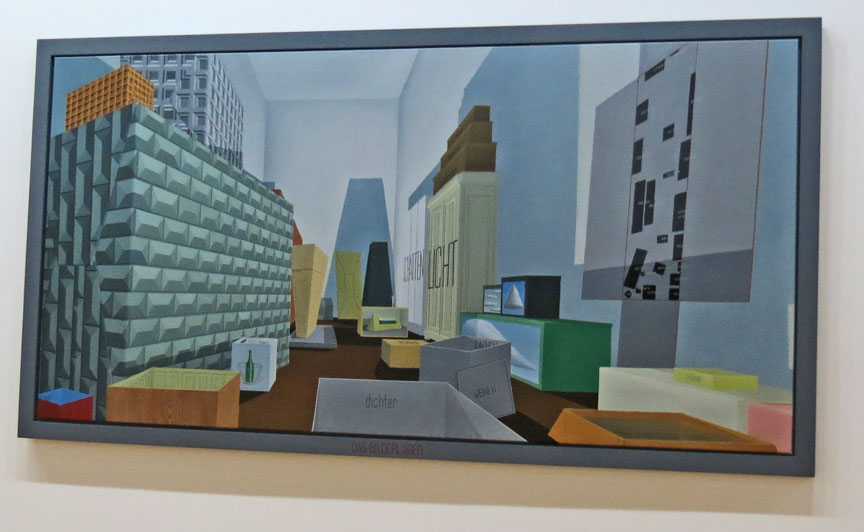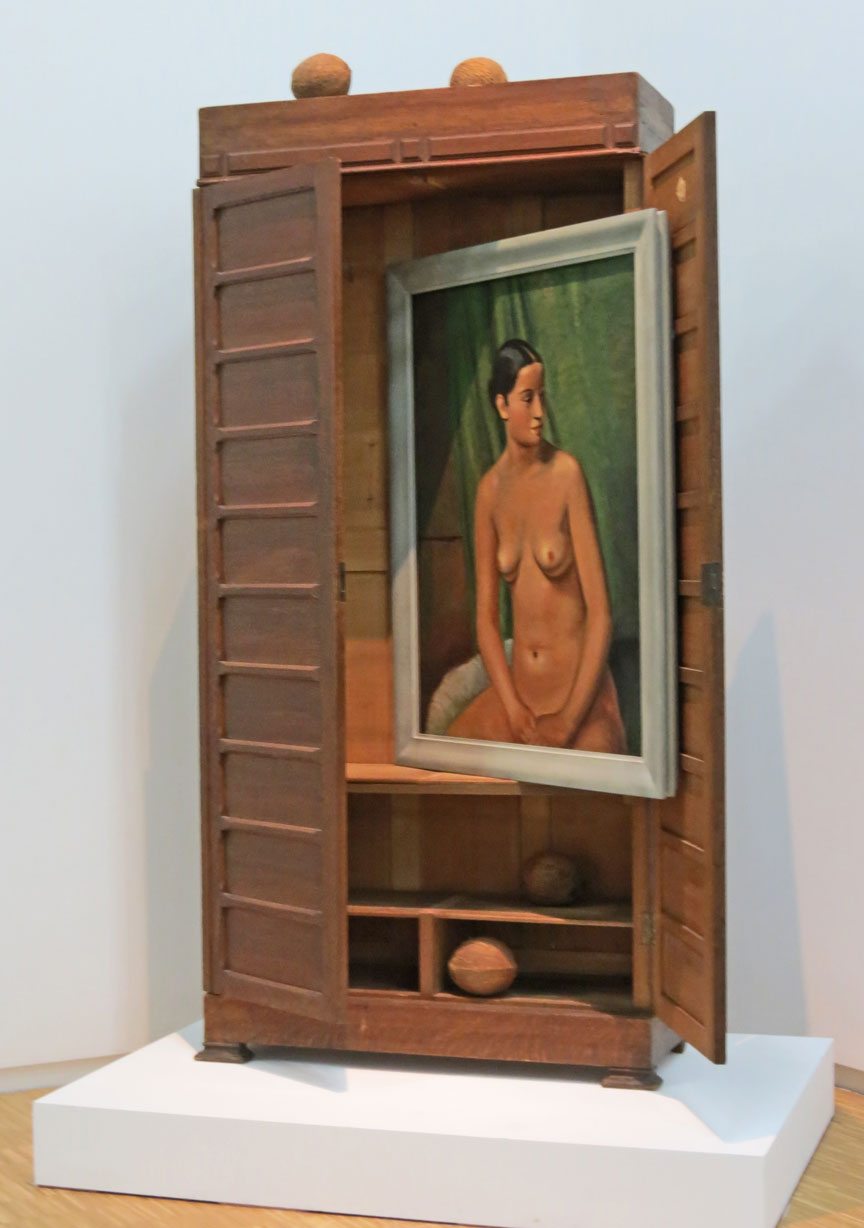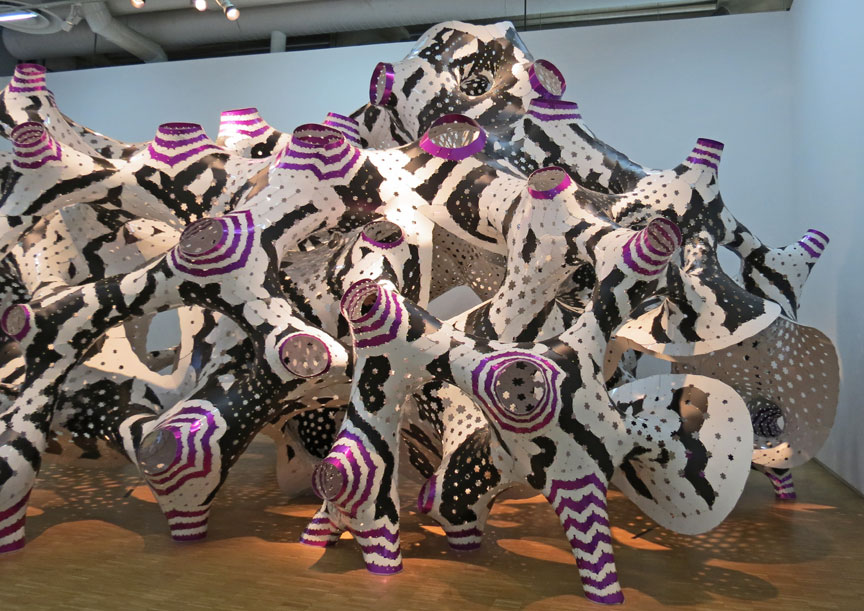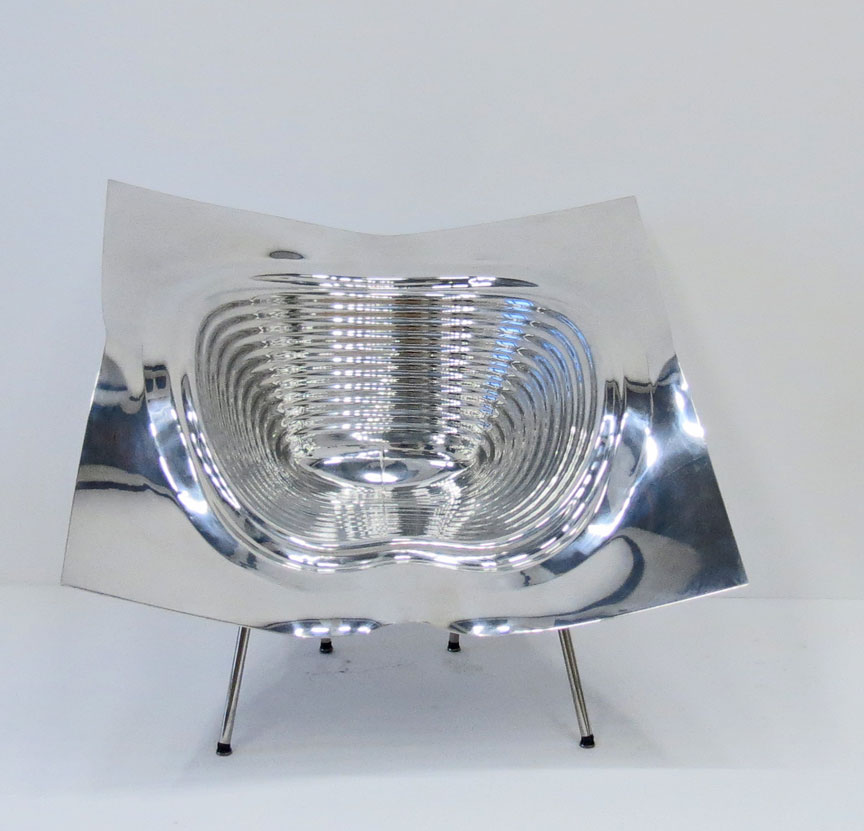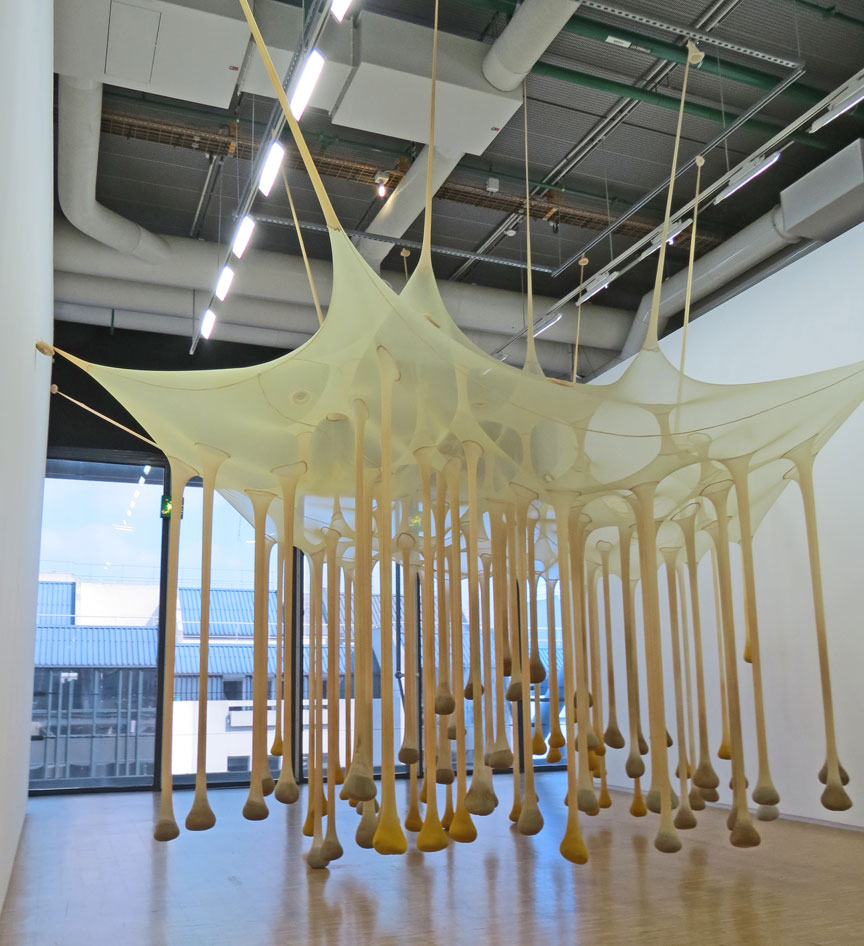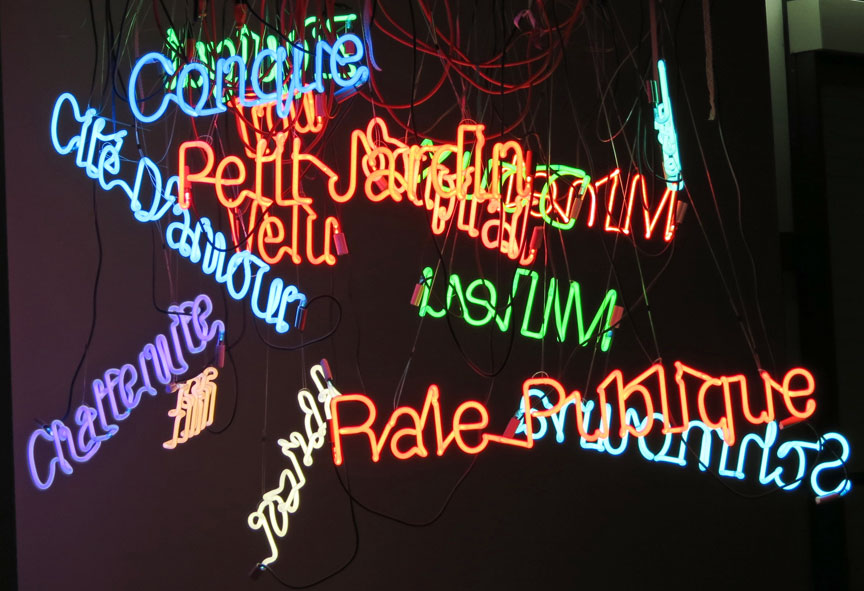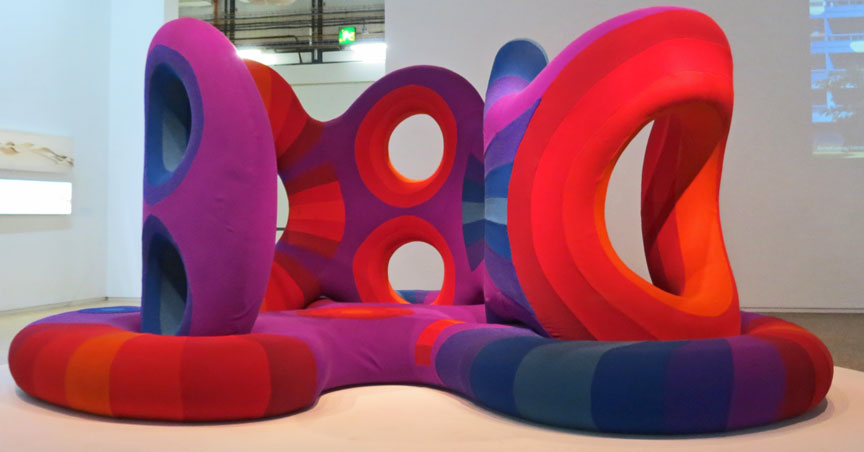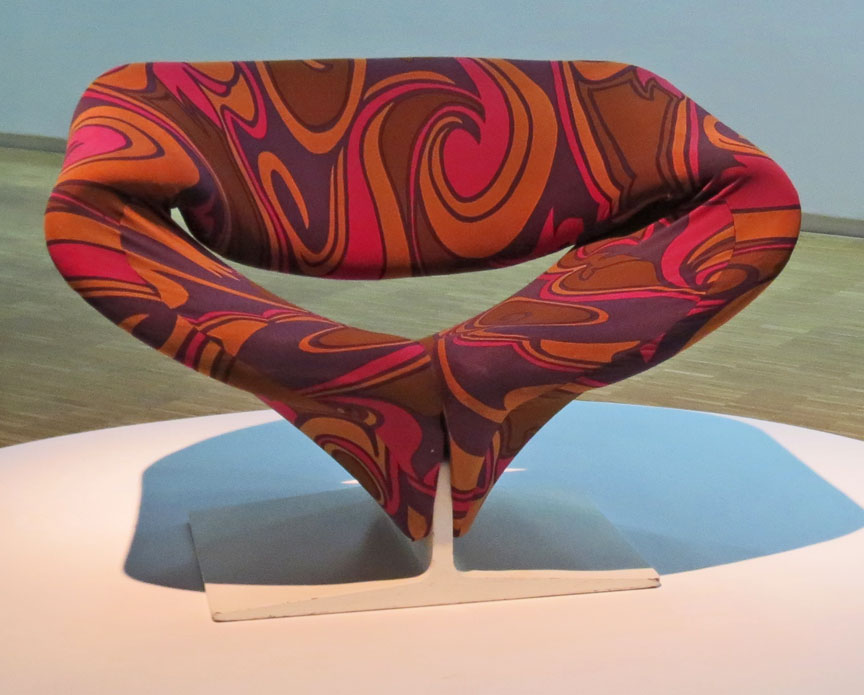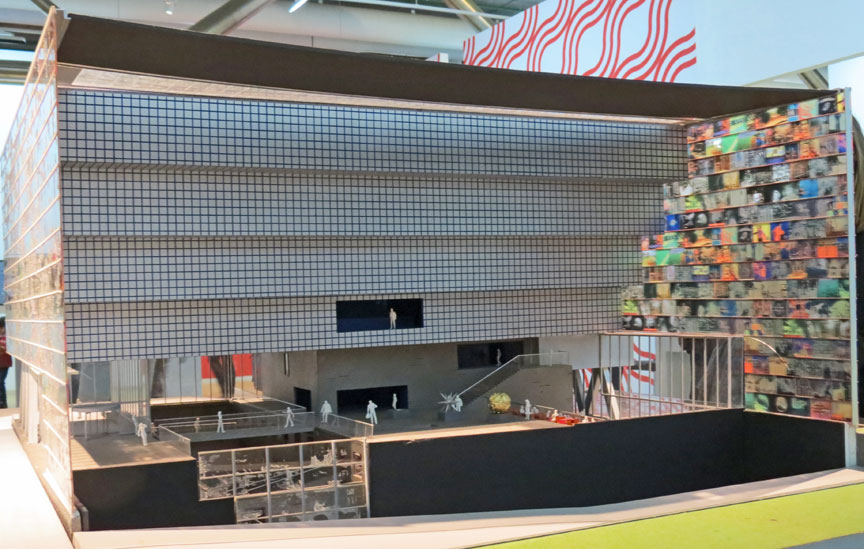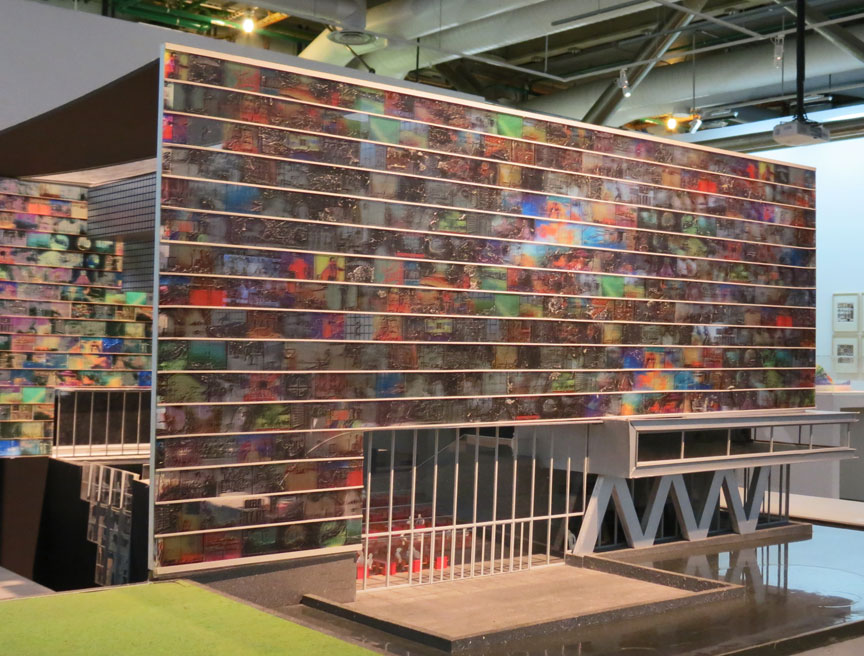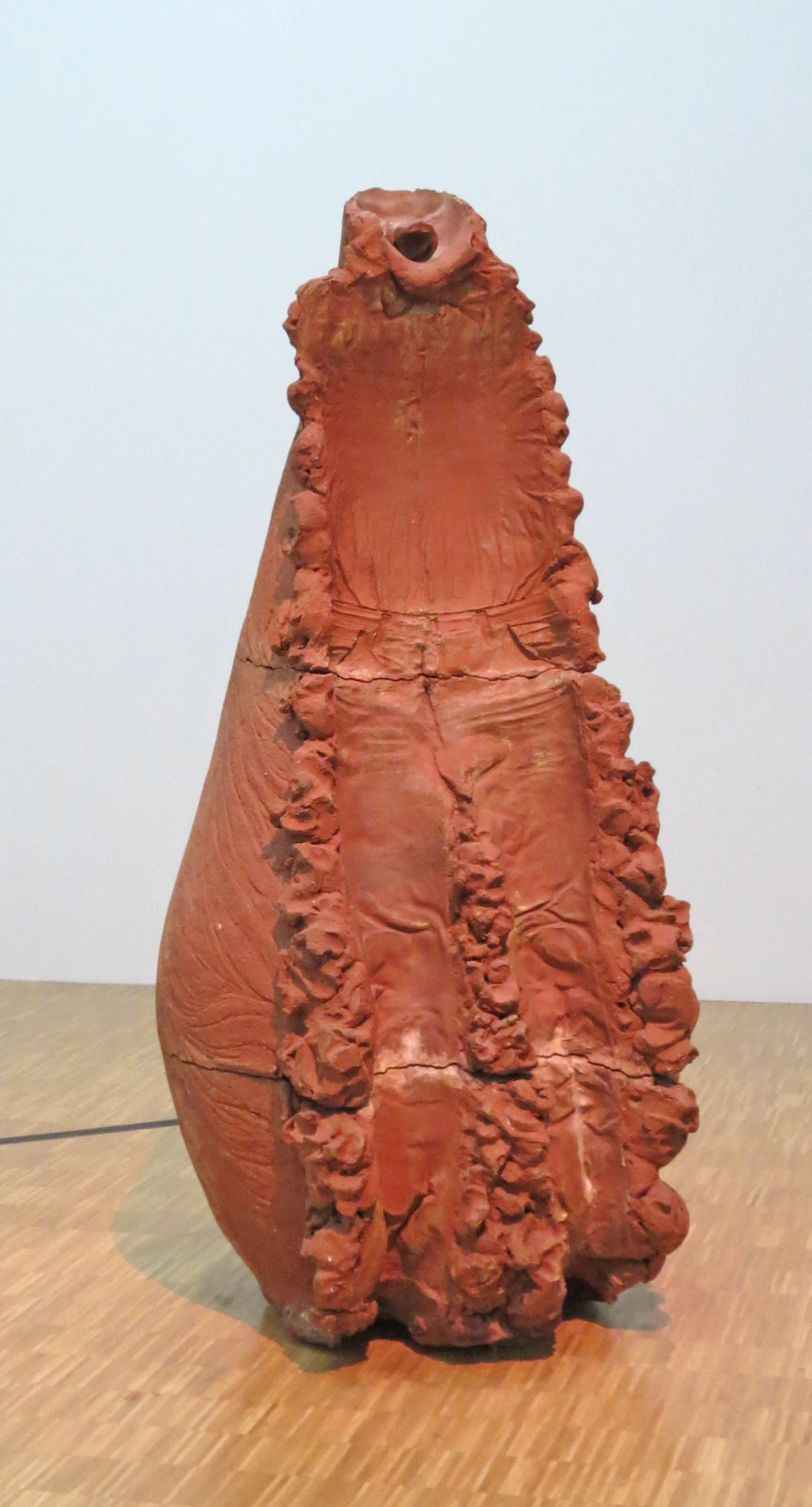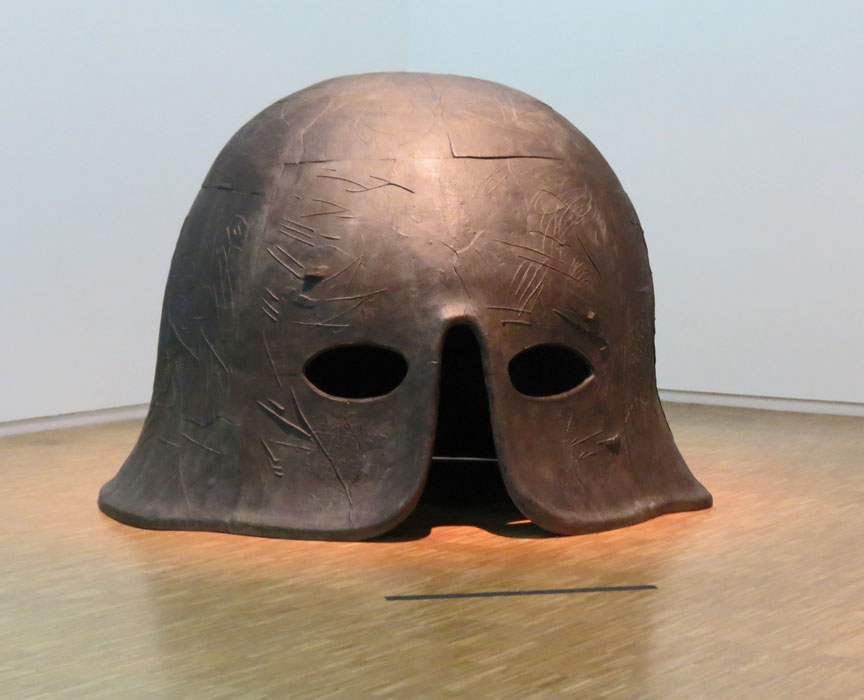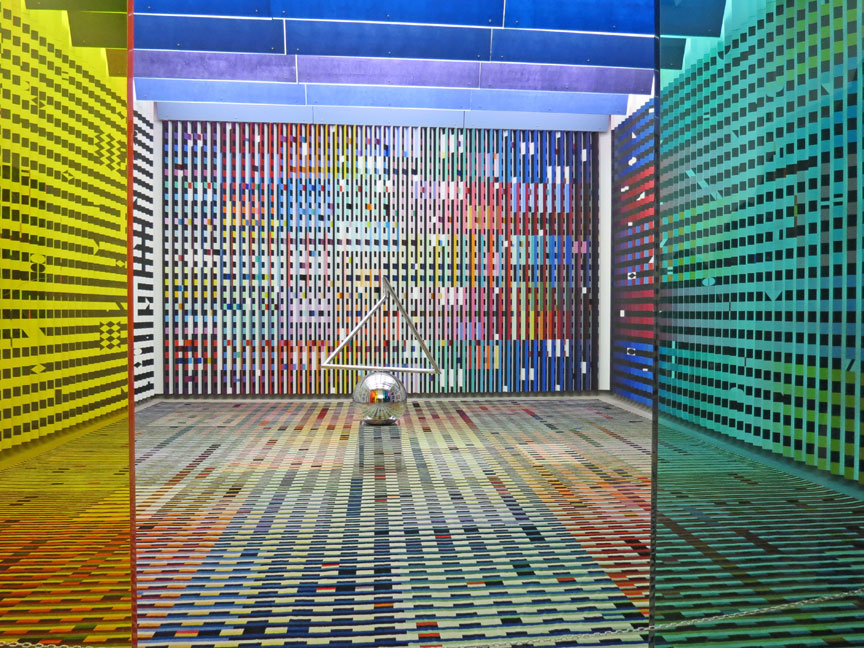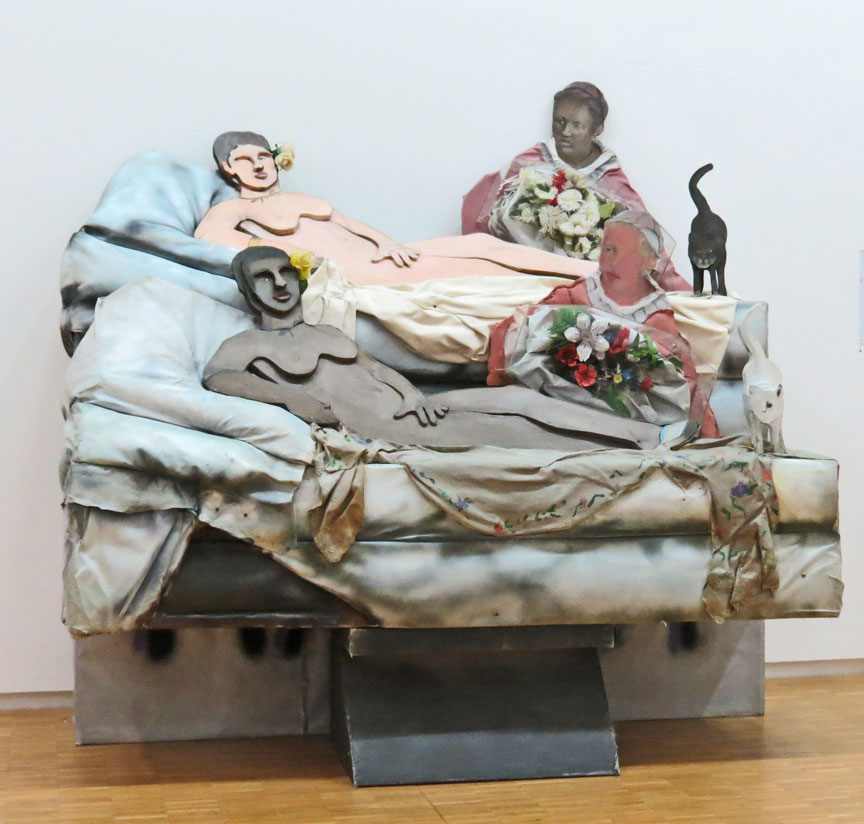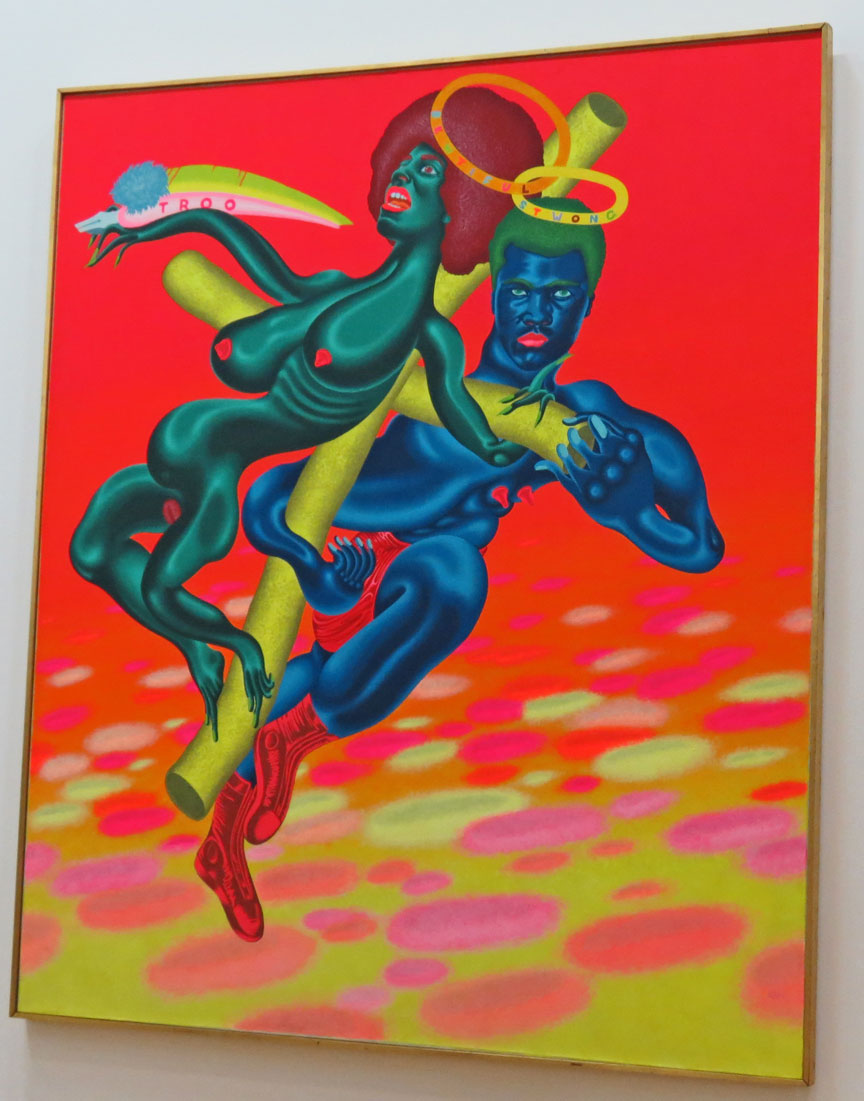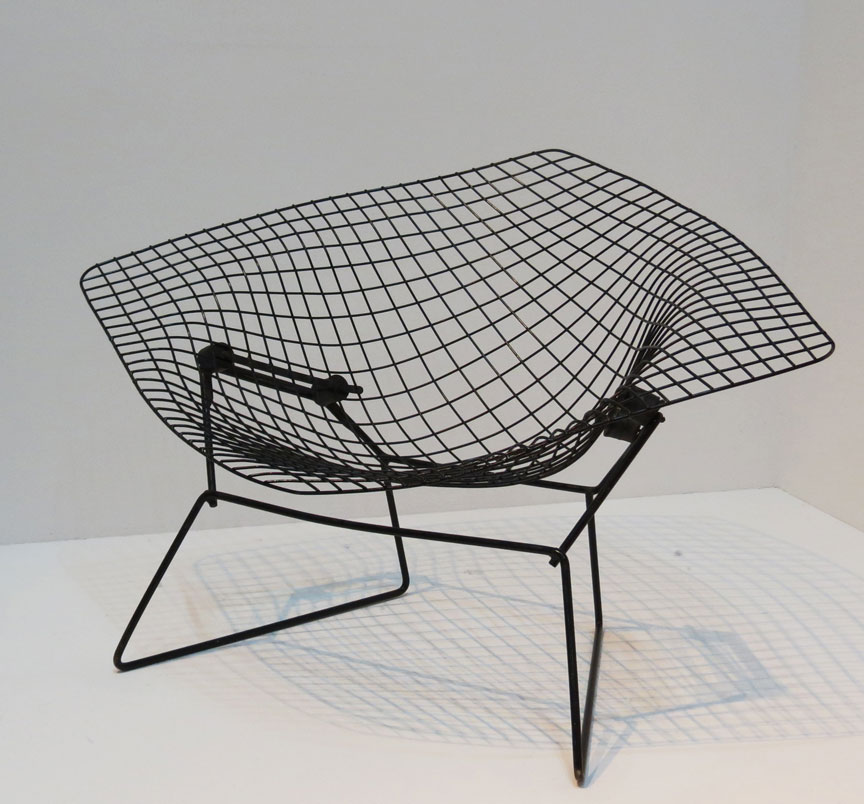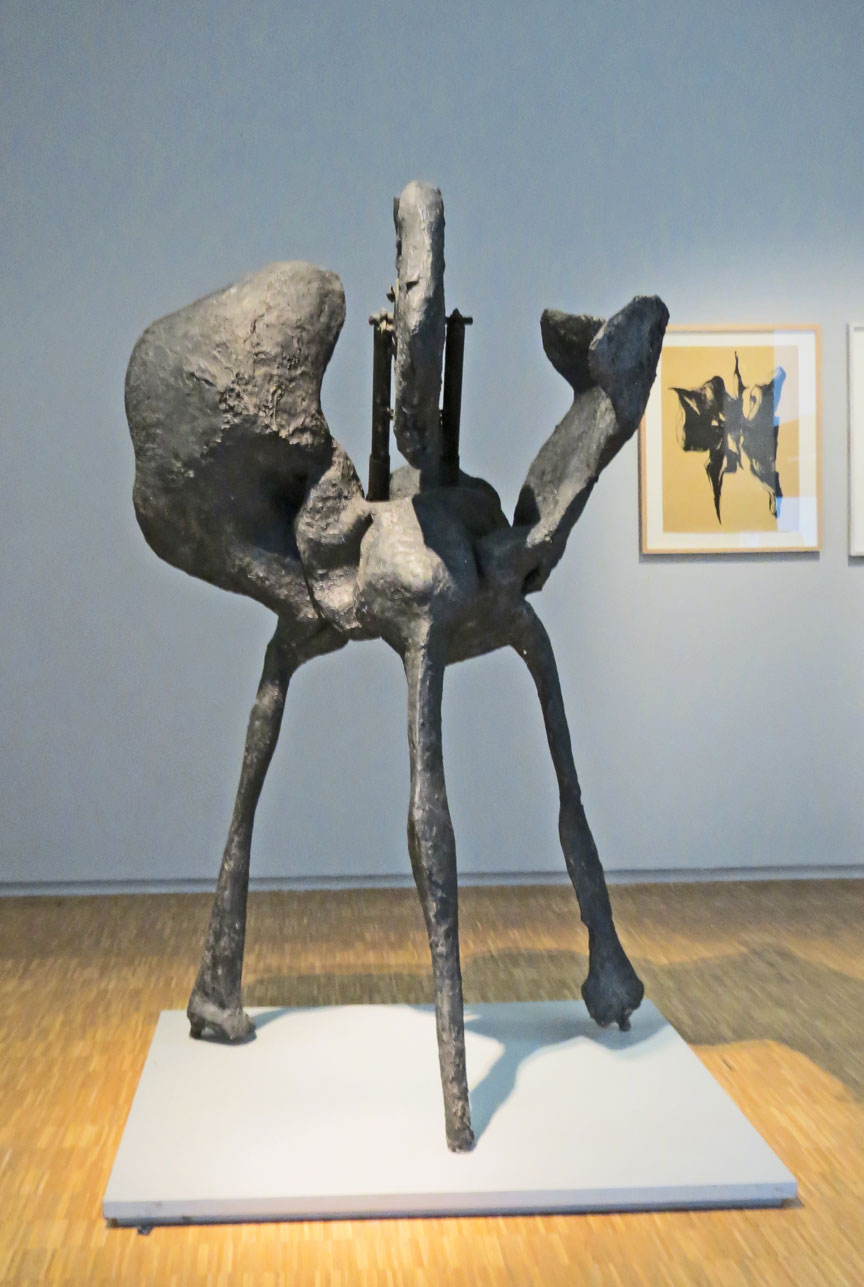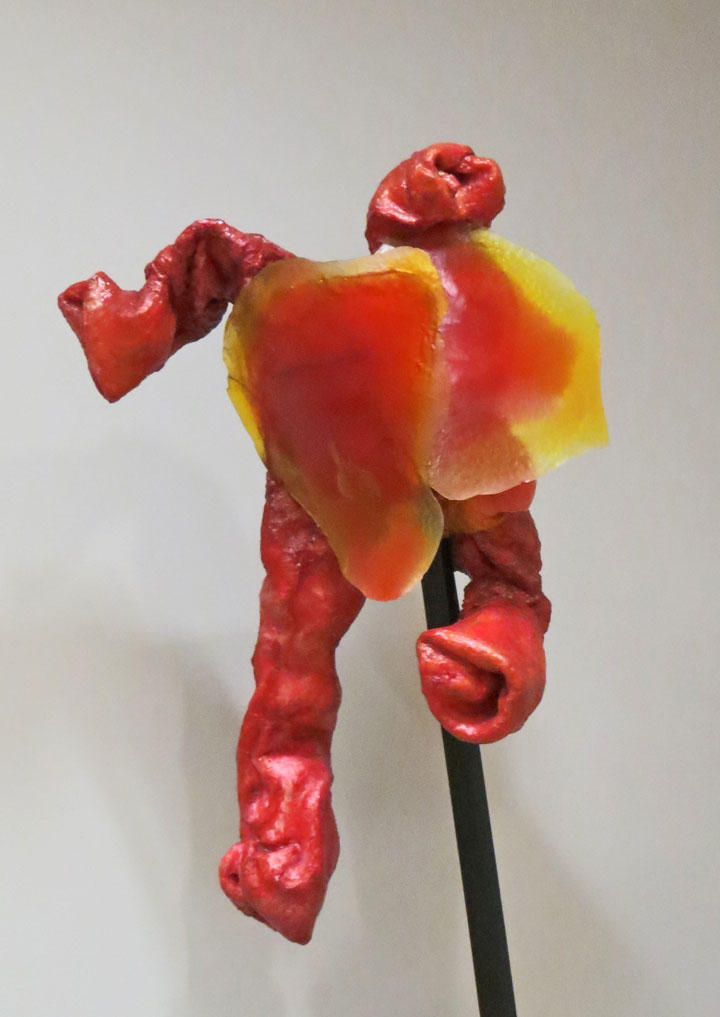

Centre Georges Pompidou
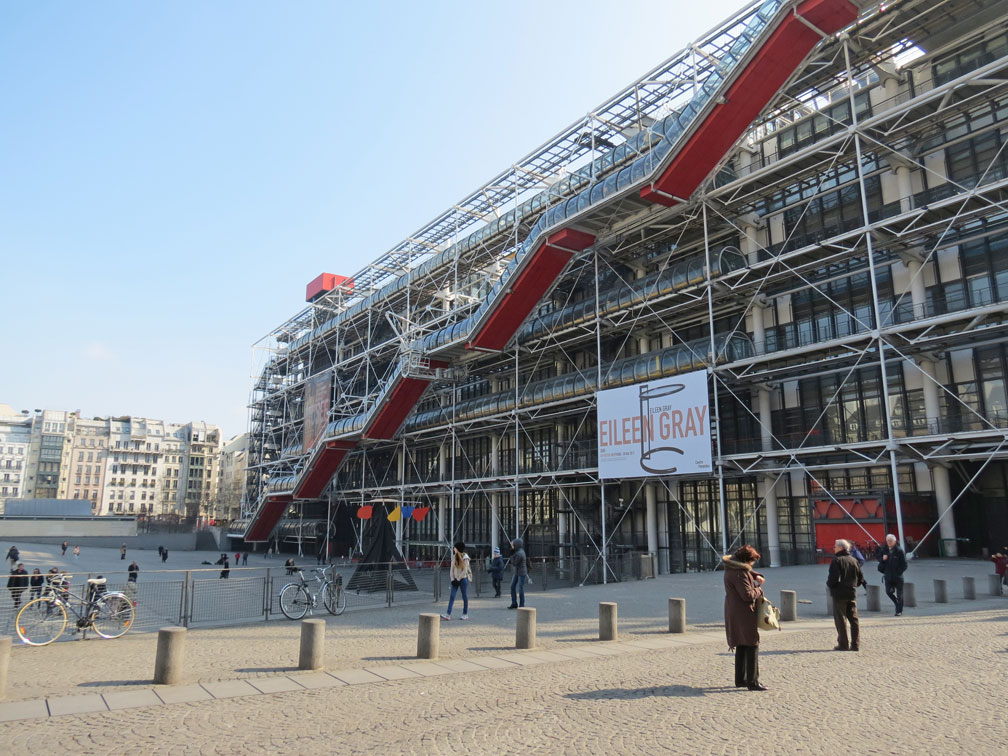
Centre Georges Pompidou
Centre Georges Pompidou; also known as the Pompidou Centre is a complex in the Beaubourg area of the 4th arrondissement of Paris, near Les Halles, rue Montorgueil and the Marais. It was designed in the style of high-tech architecture.
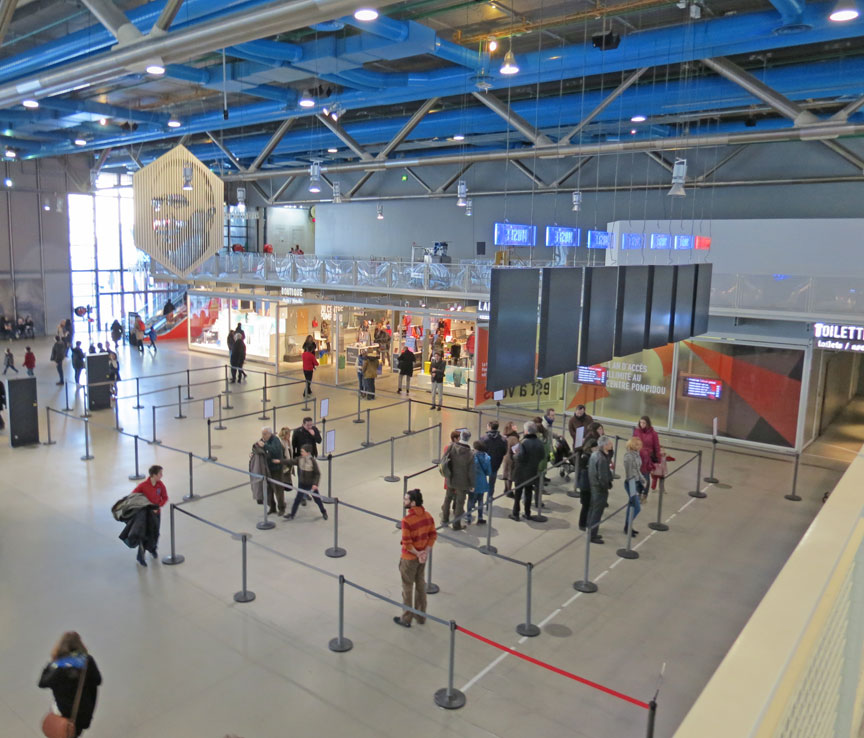
It houses the Bibliothèque publique d'information, a vast public library, the
Musée National d'Art Moderne which is the largest museum for modern art in
Europe, and IRCAM, a centre for music and acoustic research. Because of its
location, the Centre is known locally as Beaubourg. It is named after Georges
Pompidou, the President of France from 1969 to 1974 who decided its creation,
and was officially opened on 31 January 1977 by President Valéry Giscard
d'Estaing. The Centre Pompidou has had over 150 million visitors since 1977.

The sculpture, Horizontal by Alexander Calder, a free-standing mobile that is
twenty-five feet high, was placed permanently in front of the Centre Pompidou by
the architect of the building.
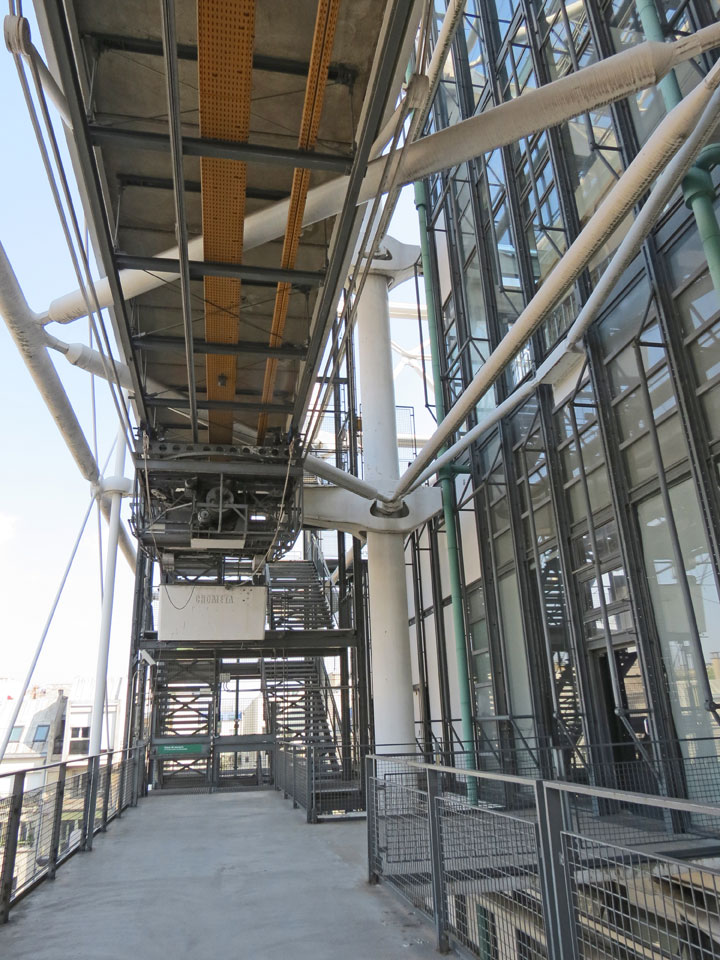
The idea for a multicultural complex sprouted from André Malraux, the first
minister of cultural affairs, was the western prophet of art and culture as
centralized political power. The idea for the Centre Pompidou as a nerve centre
of the French art and culture, bringing together in one place the different
forms of expression, can be traced back in a way to Malraux' ideas. In the 1960s
the city planners decided to move the foodmarkets of Les Halles, the historical
structures were greatly prized and it was proposed that some of the cultural
institutes would be appropriate occupants. Paris as a city of culture and art
needed a boost and voices were raised to move the Musée d'Art Moderne to this
more appropriate location. Another demand existed in Paris at the time, that for
a decent public library, Paris at the time lacked any large, free,
general-purpose library. At first the debate concerned Les Halles, but as the
controversy settled, in 1968, President Charles de Gaulle announced the Plateau
Beaubourg as the new site for the library. A year later in 1969, the new
president adopted the Beaubourg project and decided it to be the location of
both the new library and a center for the contemporary arts. In the process of
developing the project, the IRCAM (Institut de recherche et coordination
acoustique/musique) was also housed in the complex. By 1992, the Centre de
Création Industrielle was incorporated into the Centre Pompidou.
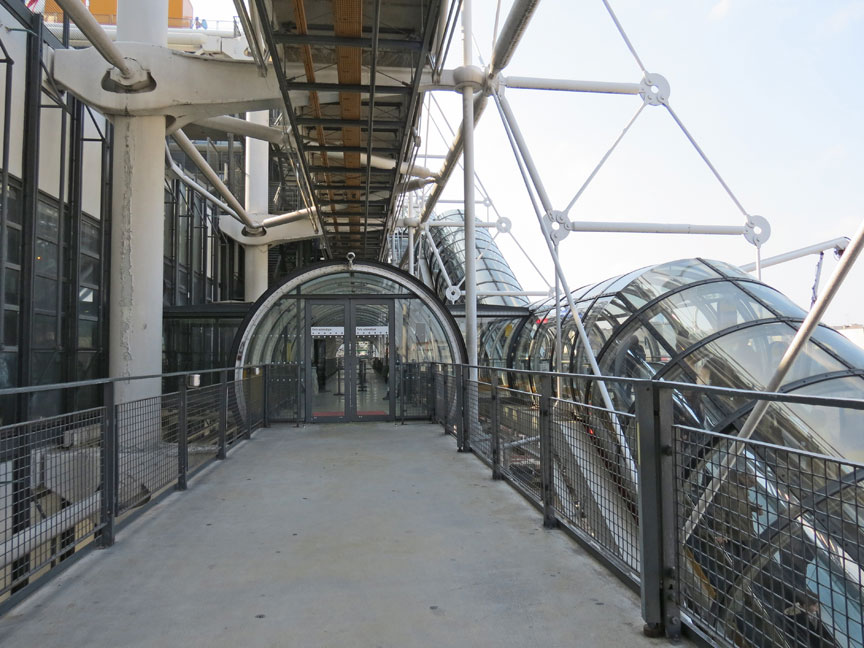
entrance to exhibit area
The Centre was designed by Italian architect Renzo Piano; British architect Richard Rogers; and Italian architect Gianfranco Franchini, assisted by Ove Arup & Partners. The project was awarded to this team in an architectural design competition, whose results were announced in 1971. Its was the first time in France international architects were allowed to participate. World renowned architects Oscar Niemeyer, Jean Prouvé and Philip Johnson made up the jury which would select on design out of the 681 entries Reporting on Rogers' winning the Pritzker Prize in 2007, The New York Times noted that the design of the Centre "turned the architecture world upside down" and that "Mr. Rogers earned a reputation as a high-tech iconoclast with the completion of the 1977 Pompidou Centre, with its exposed skeleton of brightly colored tubes for mechanical systems. The Pritzker jury said the Pompidou "revolutionized museums, transforming what had once been elite monuments into popular places of social and cultural exchange, woven into the heart of the city."
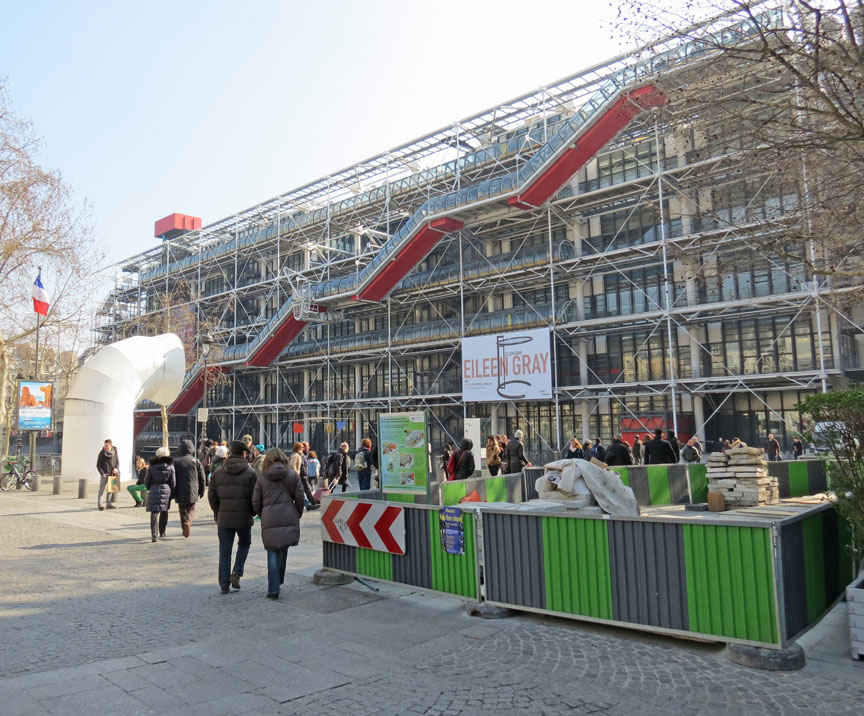
Initially, all of the functional structural elements of the building were
color-coded: green pipes are plumbing, blue ducts are for climate control,
electrical wires are encased in yellow, and circulation elements and devices for
safety (e.g., fire extinguishers) are red. However, recent visits suggest that
this color-coding has partially lapsed, and many of the elements are simply
painted white.
Text from Wikipedia
the Gallery
